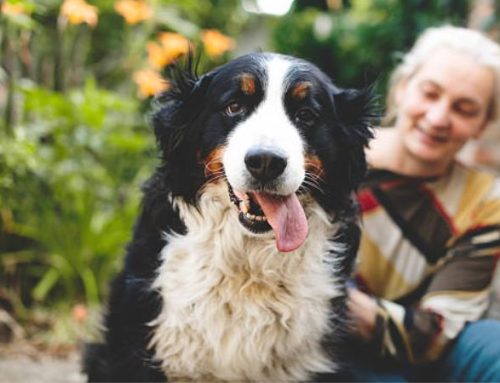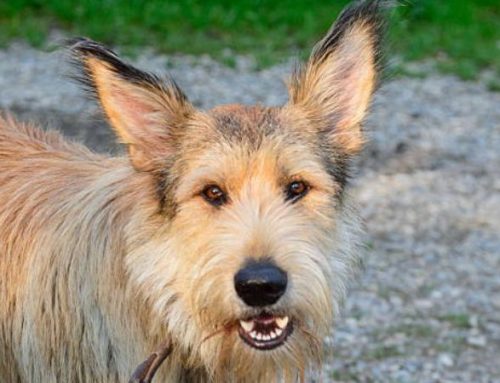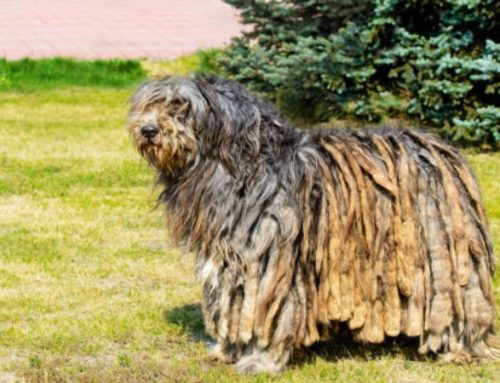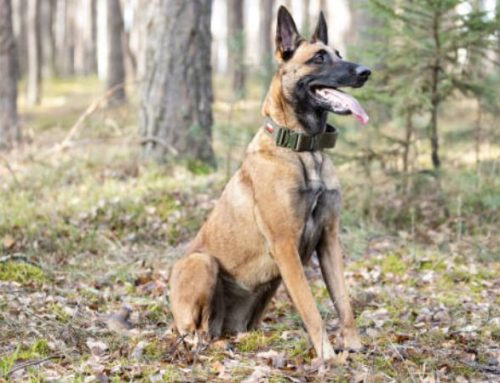Caring for a dog in Alaska requires special attention to diet and daily needs. This guide covers everything you need to know about feeding, portion sizes, and raising healthy puppies. Whether you’re a new dog owner or experienced handler, these tips will help your dog thrive in Alaska’s unique environment.

Choosing the Right Food for Your Alaska Dog
Selecting the appropriate food for your dog in Alaska is essential for maintaining their health and well-being in the unique climate and environment. Dog food comes in several forms: dry kibble, wet canned food, raw diets, and natural pet food. Each type offers distinct benefits and suits different needs and lifestyles.
Types of Dog Food
- Dry Food: Convenient and easy to store, dry kibble is a popular choice for many dog owners. It is shelf-stable, typically affordable, and nutritionally complete. The manufacturing process involves cooking that improves digestibility and eliminates harmful bacteria.
- Wet Food: With higher moisture content and more appealing aroma and texture, wet food is great for picky eaters and senior dogs needing extra encouragement to eat. However, it requires refrigeration after opening and usually costs more than dry food.
- Raw Food: Mimicking the natural diet of wild dogs, raw food consists of fresh meat, bones, organs, and vegetables. This diet supports better digestion, stronger immunity, and healthier skin and coat.
- Alaska Natural Pet Food: This brand specializes in biologically appropriate raw food (BARF) formulas, with a balanced composition of 45% meat, 20% bones, 20% organ meat, and 15% vegetables. Free from gluten, artificial preservatives, colors, and flavors, these meals preserve natural vitamins and minerals and are tailored for the specific nutritional needs of dogs living in Alaska.
Benefits of Alaska Natural Pet Food Variants
- Made from fresh, high-quality ingredients such as chicken, beef, duck, rabbit, salmon, and game meats, paired with nutrient-rich vegetables like carrots, spinach, and cauliflower.
- Offers a diverse range of options including insect-based protein for sustainability, high-energy blends for active dogs, and specialized formulas for puppies and dogs with sensitive skin.
- Flash-frozen immediately after production to lock in freshness and nutrition.
- Supports immune health, improves digestion, and reduces dental plaque buildup.
How to Read Dog Food Labels for Nutritional Content
- Look for clear labeling of the product name, net weight, manufacturer details, ingredient list, guaranteed analysis, feeding instructions, and nutritional adequacy statement.
- Understand ingredient terminology: for example, “Beef” means the product contains at least 70% beef, while “Beef Dinner” or “With Beef” requires lower percentages.
- Note that ingredient lists show components in descending order by weight, but be aware that manufacturers might list similar ingredients separately to alter perceived proportions.
- Check for the “Complete and Balanced” claim verified by AAFCO (Association of American Feed Control Officials), ensuring the food meets all essential nutrient requirements.
- Review the guaranteed analysis for protein, fat, fiber, calcium, phosphorus, and energy content to find the best fit for your dog’s age, size, and health.
Choosing the right food is about more than just preference—it’s about providing a balanced, nutritious diet that supports your dog’s long-term health and vitality, especially in Alaska’s demanding environment.

Food Portions and Feeding Guidelines
Feeding your Alaska dog the right amount of food is essential to maintain their health, support growth, and ensure an active lifestyle. Portions vary depending on your dog’s age, weight, activity level, and metabolism, so understanding these guidelines will help you provide balanced nutrition.
Recommended Food Amounts by Age and Weight
Puppies (From Weaning to 12 Months): Puppies require more frequent feeding with carefully measured portions to support their rapid growth. Typical recommended amounts range from about 0.5 cups for very young, small puppies to up to 4.75 cups daily for larger or older puppies approaching one year. These quantities will vary depending on the puppy’s breed, size, and weight.
Adult Dogs: For adult dogs, a general guideline is to feed approximately 2-3% of their body weight per day, split into two meals. For example, a 50-pound adult dog might eat between 1 to 1.5 pounds of food daily, adjusted according to food type and calorie density.
Adjusting Portions Based on Activity, Metabolism, and Body Condition
Portion recommendations serve as a starting point, but every dog is unique. Dogs with higher energy levels or working dogs may require increased portions, while less active or senior dogs may need less. Similarly, a dog’s metabolism and body condition play a major role—leaner dogs may need more food, while overweight dogs need controlled portions to promote weight loss.
Regularly monitor your dog’s body condition and adjust food accordingly. Your veterinarian can provide guidance tailored to your dog’s individual needs.
Puppy Feeding Chart by Weight and Age (Examples)
| Puppy Age | Weight Range (lbs) | Daily Food Amount (cups) | Number of Meals per Day |
| 6-8 weeks | 2 – 5 | 0.5 – 1.0 | 4 |
| 8-12 weeks | 5 – 15 | 1.0 – 2.5 | 4 |
| 3-6 months | 15 – 30 | 2.5 – 3.5 | 3 |
| 6-12 months | 30 – 50+ | 3.5 – 4.75 | 2-3 |
These figures provide a general framework; individual puppies may require adjustments.

Signs of Overfeeding and Underfeeding
Overfeeding Signs:
- Excessive weight gain or obesity
- Lethargy or decreased activity
- Frequent begging or scavenging behavior
- Digestive issues such as diarrhea or vomiting
Underfeeding Signs:
- Visible ribs or spine
- Lack of energy or poor growth
- Constant hunger or food-seeking behavior
- Dull coat or poor muscle tone
If you notice any of these signs, reassess your dog’s feeding portions and consult your veterinarian to ensure proper nutrition.
Common Health Considerations in Alaska Dog Care
Nutritional Deficiencies and How to Prevent Them
Proper nutrition is the cornerstone of health for any dog, but especially for those living in harsh climates. Alaska dogs, including working breeds like Alaskan Huskies and Malamutes, have high energy demands that must be met with a nutrient-rich diet.
- Balanced Diet: Ensure your dog’s food contains a complete and balanced mix of proteins, fats, vitamins, and minerals. High-quality commercial dog foods formulated for active or working dogs usually meet these needs.
- Supplementation: Some dogs may require additional supplementation, particularly omega-3 fatty acids for coat health and joint-supporting nutrients like glucosamine and chondroitin.
- Avoiding Deficiencies: Common deficiencies include vitamin D (due to limited sun exposure in winter), essential fatty acids, and certain minerals. Regular vet checkups and blood tests can help detect and correct these early.
Managing Weight and Preventing Obesity
Weight management is crucial, as obesity predisposes dogs to many health problems, including joint strain, diabetes, and heart disease.
- Portion Control: Feed appropriate portions based on your dog’s age, weight, and activity level. Dogs in active, cold environments may need more calories, but overfeeding still poses risks.
- Regular Exercise: Exercise is vital not just for physical health but also for mental stimulation. Alaska dogs often require vigorous activity, such as running, hiking, or sled pulling.
- Monitor Body Condition: Use body condition scoring rather than just weight to assess your dog’s health. Adjust food intake accordingly and consult your vet for guidance.

Special Veterinary Care Needs for Arctic or Cold Climate Dogs
Dogs living in cold regions face distinct veterinary care challenges.
- Cold-Related Conditions: Frostbite and hypothermia are risks, especially in poorly insulated or exposed dogs. Provide adequate shelter and protective gear when necessary.
- Joint and Muscle Health: Cold weather can exacerbate arthritis and other musculoskeletal conditions. Preventative care includes maintaining a healthy weight, providing joint supplements, and ensuring regular moderate exercise.
- Skin and Coat Care: The dry, cold air can lead to skin dryness and irritation. Regular grooming and hydration help maintain coat health.
- Parasite Prevention: Despite the cold, parasites like fleas and ticks may still be a concern during warmer months or in sheltered environments, so year-round prevention is advised.
- Regular Checkups: Frequent veterinary visits are recommended to monitor your dog’s health closely and adapt care plans as seasons and needs change.
By understanding and addressing these common health considerations, owners of Alaska dogs can ensure their companions remain strong, healthy, and happy in even the most challenging environments.
Hopefully, this guide has provided you with the tools and knowledge you need to raise a healthy and happy Alaskan dog. From understanding the best Alaska dog food options and portion sizes to mastering essential puppy care, you’re now equipped to provide the best possible life for your furry companion. The journey of caring for an Alaskan dog is a rewarding one—enjoy every moment!






